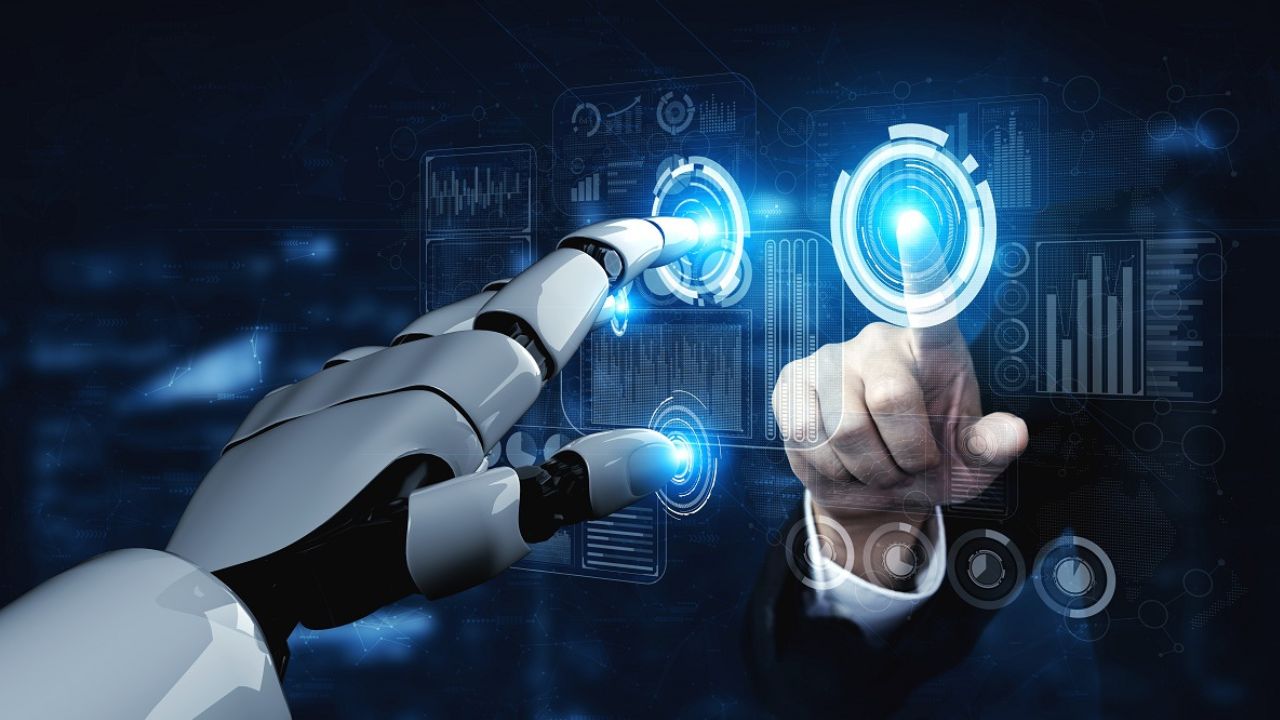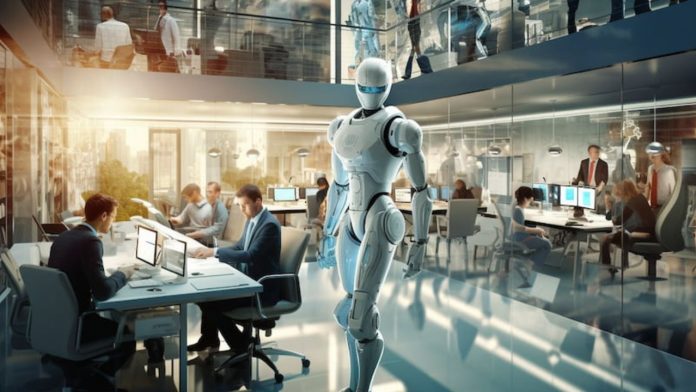As the integration of artificial intelligence (AI) continues to gather momentum, financial analysts are closely examining its potential implications for hourly workers.
Industries heavily reliant on shift-based employment, such as healthcare and retail, find themselves grappling with the possibility of significant disruptions in the wake of technological advancements.

Finance experts are meticulously assessing the conflicting perspectives surrounding AI’s role in the evolution of the workforce.
Diverse Perspectives on AI’s Role
While some foresee increased productivity and efficiency, others sound the alarm about potential unforeseen challenges and displacement of jobs.
This debate is often accompanied by market volatility as stakeholders ponder the future dynamics of hourly labour.

This evolving sector also underscores the pressing need for upskilling initiatives driven by market forces reshaping job roles through AI integration.
During tight labour markets, businesses face mounting competitive pressures to retain skilled workers, further intensifying discussions around the impact of AI on hourly labour markets.
